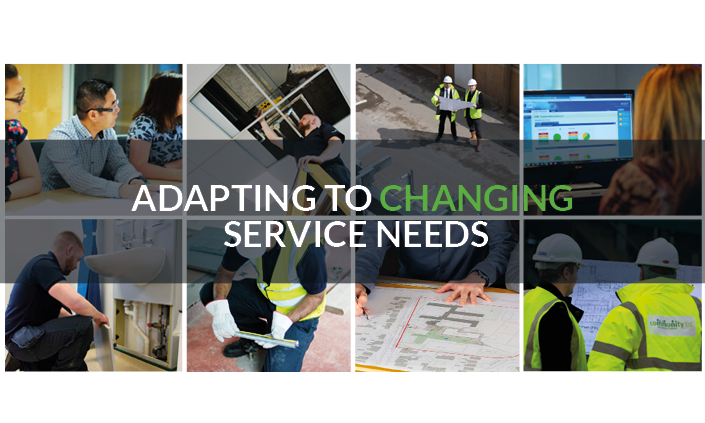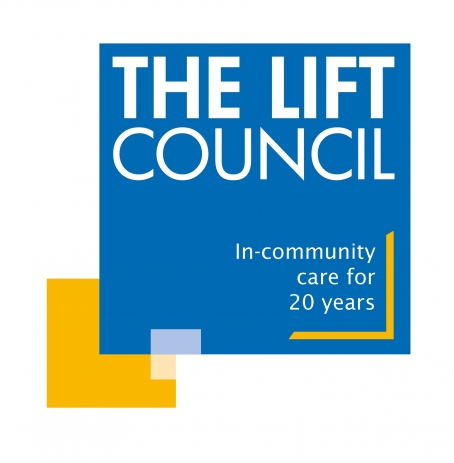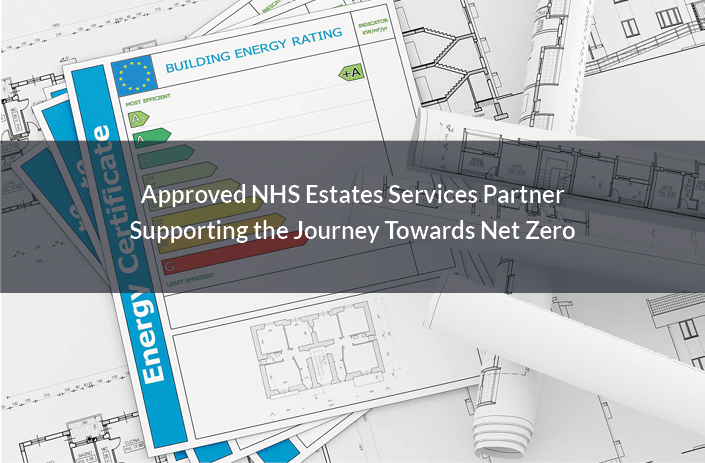Adapting to Changing Service Needs
Current climate
As a result of the Covid-19 response and out of necessity, the NHS has seen rapid and radical changes to the way in which services are managed and delivered. Examples of these changes are evident across all health and social care settings. The rapid changes were required to be able to achieve social distancing, non-essential contact, and the ability to maintain delivery of safe and high quality care for patients along with safe working practices for staff.
Changes in Primary Care during Covid-19
Guidance published from NHSE/I requested that General Practice move to the ‘Total Triage’ system as soon as possible to reduce footfall in practices and to ensure safe working environments for all staff in these buildings. These rapid changes in Primary Care and General Practice are evidenced by latest statistics showing a 600% increase in telephone and virtual consultations between 1st-31st March alone.
Across the board teams in General Practice have changed their working practices to continue to provide high quality care to patients and to ensure safe working environments for the staff. This has including the ability to work, consult and have access to patient records regardless of their location.
The availability of a national framework developed and agreed by NHSE/I enabled the quick access to a range of technology and software solutions to facilitate the changes quickly and efficiently along with tool kits and support channels to get these systems up and running as soon as possible.
As we move through to the next phases of dealing with this pandemic there is much discussion across all Health and Social Care sectors on what the future now looks like for the delivery of health and social care services. The consensus is that the gains and progress made around new technology and service delivery cannot be lost, along with the acknowledgement that social distancing will be a long term requirement.
The main questions regarding health and social care facilities: how do we move forward with design and planning either on new build projects or existing facilities for the current or future climate? In the absence of guidance and lessons learned from the current situation, how do we plan and design new facilities or adapt existing ones to provide safe and efficient, fit for purpose facilities?
Nationally the message is that the NHS cannot lose the progress already made around delivering new, efficient, and effective ways of working, and cannot be seen to revert to previous ways of working in inflexible constrained or environments that are considered unsuitable because new Covid-19 guidelines cannot be achieved.
As an established local estate partner to the NHS in Oldham, Sheffield and Cornwall and the Isles of Silly, Community 1st can support our partners to move forward in these uncertain times, to support our NHS colleagues to develop flexible service delivery strategies that are underpinned by robust operational and clinical policies, providing considered design solutions that allow flexible and appropriate changes and that can respond and adapt to service demand.
How?
Community 1st has always recognised strategic and operational healthcare planning to be the best practice in any new or re-designed health development, however in the current climate this process has never been more critical.
The pace at which the recent changes due to Covid-19 have been adopted means that there is a multitude of new working practices that have been adopted.
Current local working practices and policies, IT infrastructure and solutions, existing buildings, and workforce, along with what can be achieved quickly and successfully have all dictated which has been the most suitable way forward for our NHS colleagues in the current climate. As a result, this means that there has not been a ‘one size fits all’ solution, and neither should there be in the future.
The process that should be adopted now to allow longer term progression with the design or re-design of existing facilities, is for Community 1st to support our local NHS partners to provide a range of support services that are tailored to meet each of our partner’s needs.
This approach provides the ability to acknowledge the national direction of travel and potential future guidance but at the same time allows new development or re-design of existing facilities that are established around locally agreed clinical, operational and estate strategies that are appropriate to local arrangements. This enables any design solutions proposed, to build on existing flexibility in current primary care facilities and ensures that future flexibility in any new developments are embedded into the design process on day one.
Adopting this process allows Community 1st to support our partners with:
- Evidenced based feasibility studies
- HM treasury compliant business case analysis and development that supports funding applications and agreement
All of which ensures solutions are designed to deliver appropriate, fit for purpose, flexible, high quality clinical services that are unpinned by robust and agreed clinical and operational service strategies.
With our service support, Commissioners, Clinicians, and other stakeholders are provided with immediately available and experienced resource and support to allow them the time to review and establish appropriate local operational policies, development of robust and evidenced business cases that will deliver successful and considered service delivery strategies that meets local needs and the targets as set out in the NHS Long Term Plan.
Kate Edwards
Health Development Director
Want to discuss your changing health estate needs?
To find out more about how we can work with you to support your changing estate requirements, get in touch with the Community 1st team.
T: 0161 831 9722
E: info@community1st.co.uk





